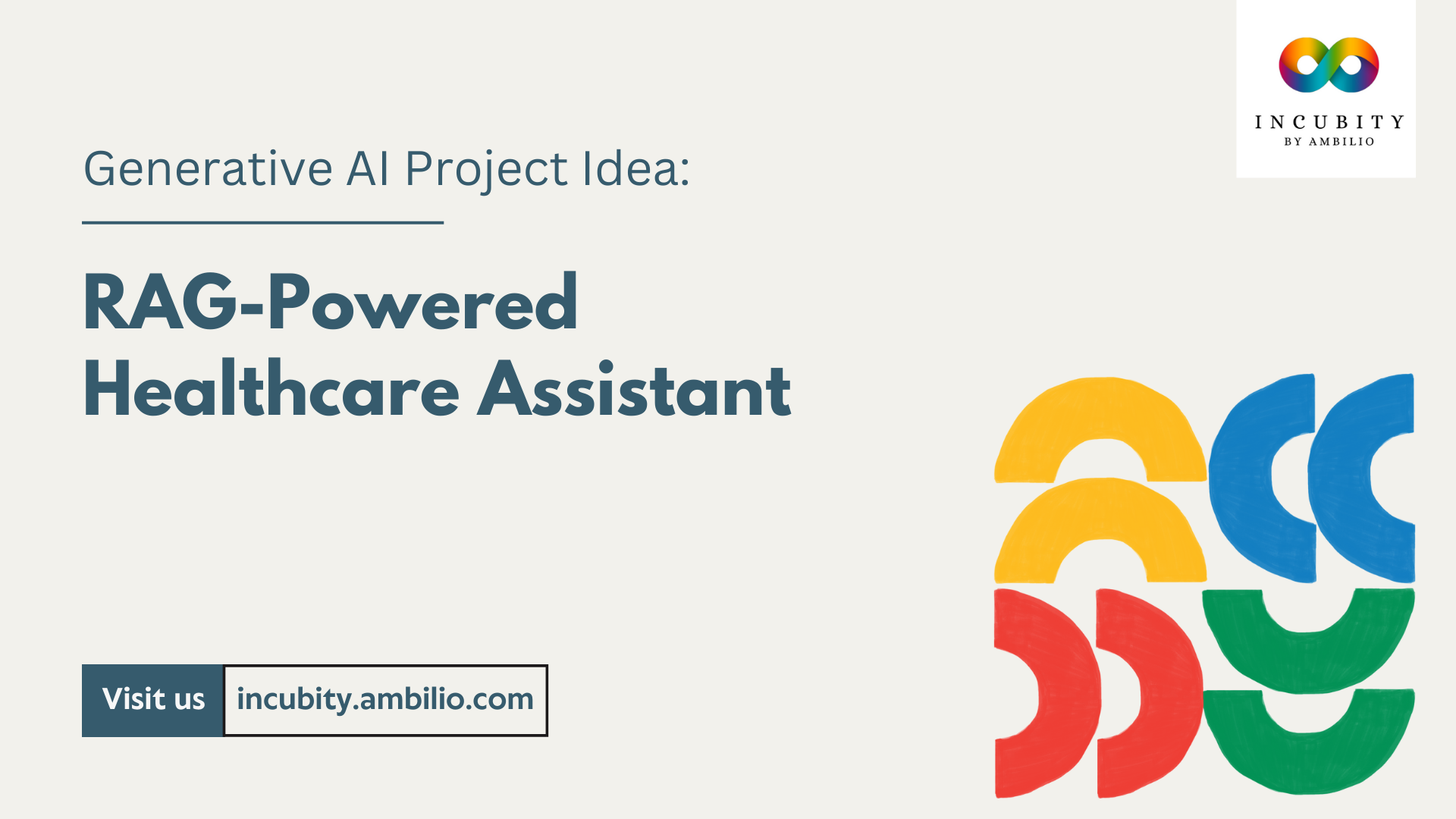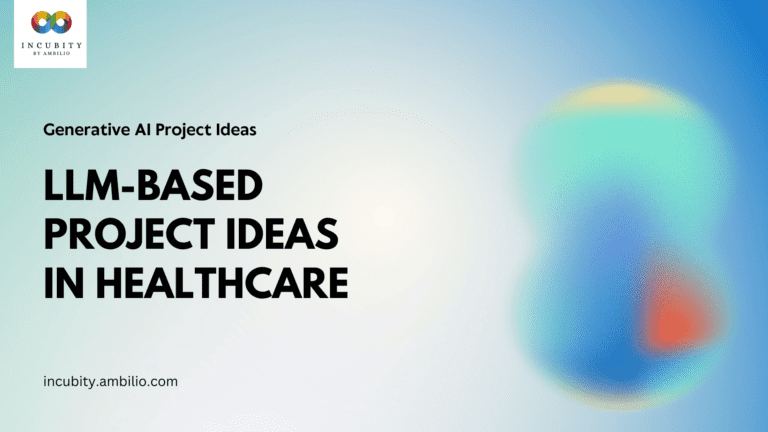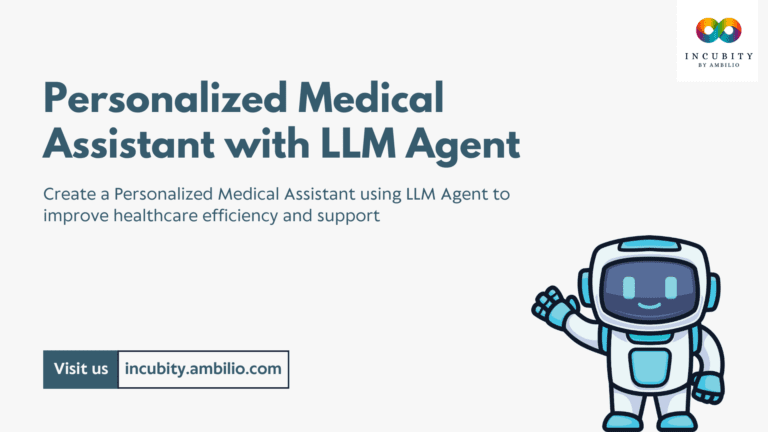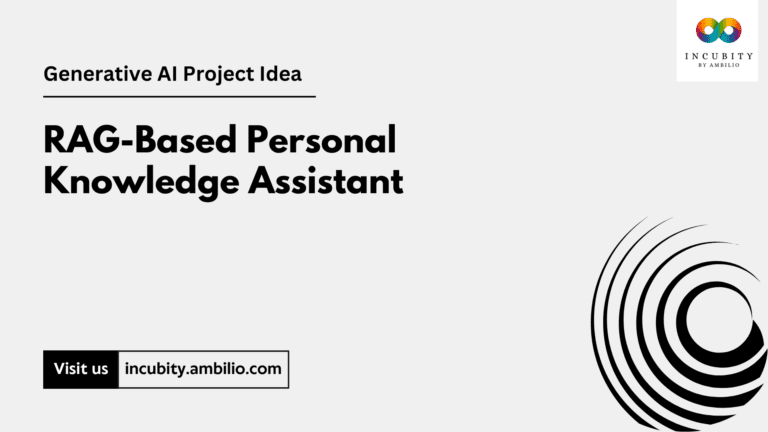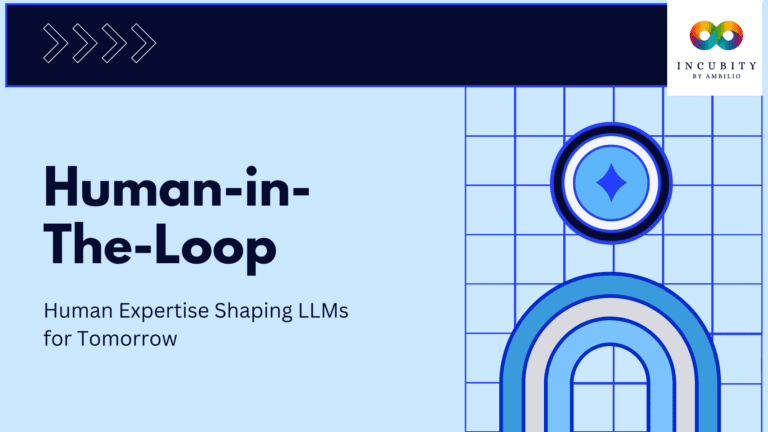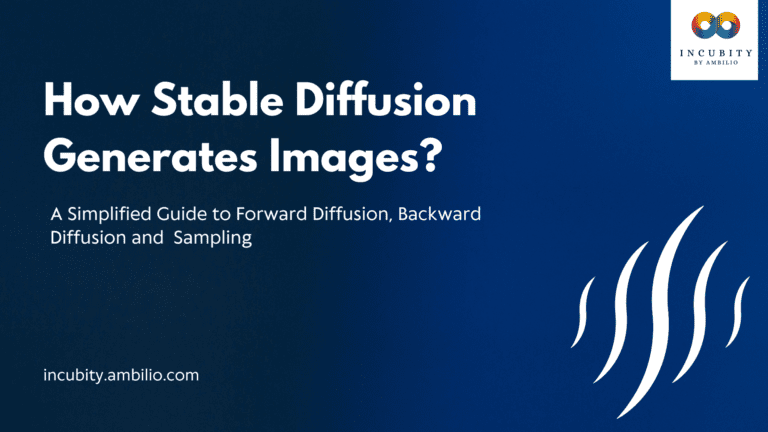In the rapidly evolving landscape of healthcare, patients often find themselves overwhelmed by complex medical information, treatment options, and self-care requirements. To address this growing need for accessible, personalized healthcare guidance, a Retrieval-Augmented Generation, or RAG-Powered healthcare assistant for patients emerges as a promising solution. This article presents a novel Generative AI project idea explores the necessity, development process, technological requirements, and potential benefits of such an innovative tool.
The Need for a RAG-Powered Healthcare Assistant
The healthcare industry faces several challenges that a RAG-powered assistant could help alleviate. Patients struggle to navigate vast amounts of medical information, often leading to confusion and anxiety. Many have restricted access to medical experts due to geographical, financial, or time constraints. Generic health advice fails to account for individual patient histories, preferences, and circumstances, creating a personalization gap.
Patients also need ongoing support between clinical visits to manage chronic conditions and maintain healthy lifestyles. Additionally, many individuals struggle with health literacy, finding it difficult to understand complex medical terminology and instructions, which can lead to non-adherence to treatment plans.
A RAG-powered healthcare assistant can address these issues by providing personalized, accessible, and up-to-date information to patients, empowering them to make informed decisions about their health. By leveraging advanced AI technologies, this assistant can bridge the gap between patients and healthcare providers, offering continuous support and guidance.
Developing a RAG-Powered Healthcare Assistant
Creating such an assistant involves several key steps:
- Data Collection and Curation: Gather high-quality, diverse medical information from reputable sources.
- Knowledge Base Creation: Organize and structure the collected data for efficient querying.
- NLP Integration: Implement advanced techniques to understand and interpret patient queries accurately.
- RAG Model Development: Design and train a model to retrieve relevant information and generate appropriate responses.
- Personalization Engine: Develop algorithms to tailor responses based on individual patient profiles.
- User Interface Design: Create an intuitive, accessible interface across various devices and platforms.
- Security and Privacy Measures: Implement robust data protection protocols to ensure patient confidentiality.
- EHR Integration: Enable secure connections with Electronic Health Records systems.
- Continuous Learning: Establish mechanisms for the assistant to learn from new research and patient interactions.
The development process begins with comprehensive data collection and curation, followed by the creation of a structured knowledge base. Natural Language Processing techniques are then integrated to ensure accurate interpretation of patient queries. The core of the assistant is the RAG model itself, which is designed to retrieve relevant information and generate coherent responses.
A crucial aspect of the development is the personalization engine, which tailors responses to each patient’s unique circumstances. This is complemented by an intuitive user interface design to ensure accessibility for users of all ages and technical abilities. Throughout the development process, security and privacy measures are paramount, with robust protocols implemented to protect patient data and ensure compliance with healthcare regulations.
Technological Requirements
Building an effective RAG-powered healthcare assistant requires a combination of cutting-edge technologies:
- Large Language Models (LLMs)
- Vector Databases
- Semantic Search Algorithms
- Machine Learning Frameworks
- Cloud Computing Infrastructure
- API Integration Tools
- Mobile and Web Development Frameworks
- Encryption and Security Protocols
At its core, the system relies on state-of-the-art LLMs for natural language understanding and generation. These models are complemented by efficient vector databases and semantic search algorithms to manage and query the vast knowledge base effectively. Robust machine learning frameworks are essential for model training and deployment, while scalable cloud computing infrastructure handles large-scale data processing and real-time interactions.
To integrate with existing healthcare systems, the assistant needs well-designed APIs. Mobile and web development frameworks ensure wide accessibility across platforms. Strong encryption and security protocols are crucial for protecting sensitive patient data and maintaining trust in the system.
Benefits of a RAG-Powered Healthcare Assistant
The implementation of such an assistant can bring numerous benefits to patients and the healthcare system as a whole:
- Personalized, round-the-clock health information and guidance
- Improved health outcomes and patient satisfaction
- Better adherence to treatment plans
- Reduced burden on healthcare systems
- Enhanced preventive care
- Valuable insights into population health trends
Patients gain access to personalized health information and guidance whenever they need it, empowering them to make better-informed decisions about their care. This can lead to improved health outcomes, increased patient satisfaction, and better adherence to treatment plans. For healthcare providers, the assistant serves as a valuable tool to extend care beyond clinical settings, reducing the burden on healthcare systems by addressing routine queries and providing basic health education.
The assistant plays a crucial role in preventive care by offering personalized health tips, reminders for check-ups and screenings, and early detection of potential health issues based on reported symptoms or risk factors. Moreover, the data collected through patient interactions provides valuable insights into population health trends, patient concerns, and the effectiveness of various treatment approaches, informing public health strategies and improving overall healthcare delivery.
Final Words
In conclusion, a RAG-powered healthcare assistant for patients represents a significant step forward in personalized healthcare. By leveraging advanced AI technologies, it has the potential to transform the patient experience, improve health outcomes, and contribute to a more efficient and effective healthcare system. As technology continues to evolve, such assistants may become an integral part of the healthcare landscape, bridging the gap between patients and providers and empowering individuals to take control of their health.

